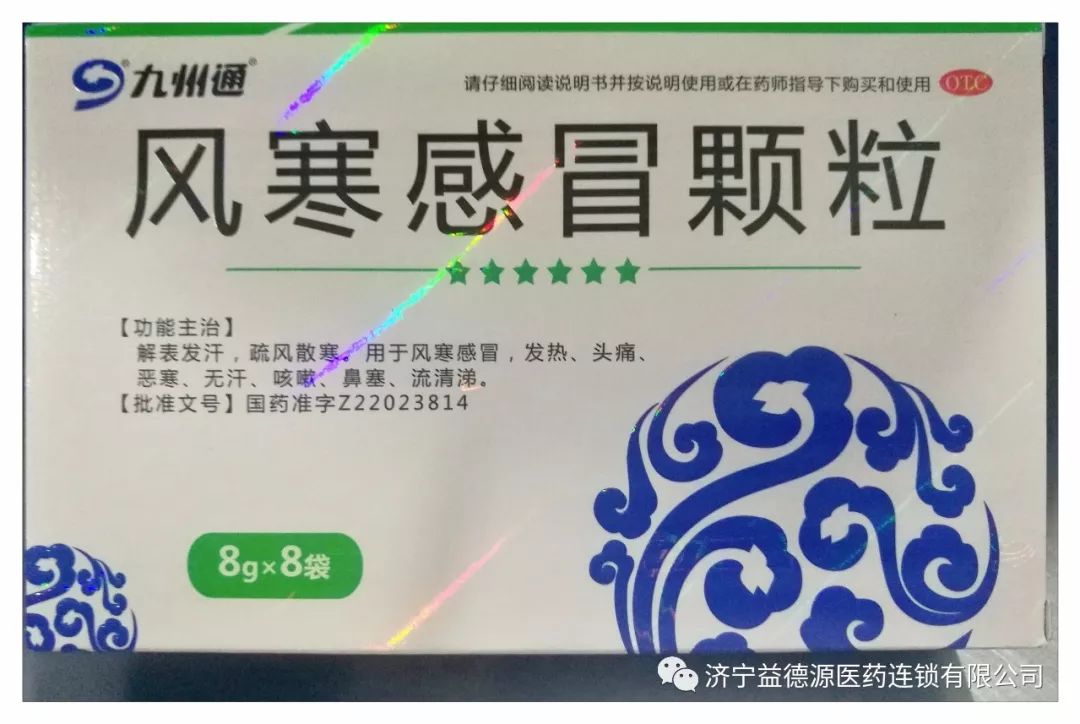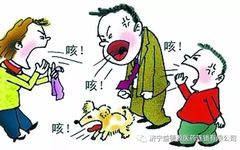The Wind-Cold common cold is caused by the invasion of wind-cold, leading to the failure of lung qi to disperse, and is prevalent in autumn and winter. Its symptoms include severe chills, mild fever, body aches, nasal congestion with a heavy voice, coughing, and runny nose. Both Western medicine and Traditional Chinese Medicine (TCM) can be used for treatment, and dietary therapy is also an option. Preventive measures include keeping warm, enhancing physical exercise, and improving immunity. The Wind-Cold common cold is caused by the external invasion of wind-cold. Symptoms may include severe chills, mild fever, absence of sweating, headache, body pain, nasal congestion with clear nasal discharge, coughing with thin white phlegm, no thirst or preference for warm drinks, and a thin white tongue coating.

Complications:Acute sinusitis, otitis media, tracheobronchitis, etc.Impact:If not treated in time, secondary infections may occur, leading to complications such as acute sinusitis, otitis media, bacterial pharyngotonsillitis, and tracheobronchitis.To address the Wind-Cold common cold, it is necessary to induce sweating and relieve fever, but excessive sweating should be avoided. Some individuals, after catching a cold, may indiscriminately induce sweating to relieve symptoms, using methods such as sauna, drinking ginger syrup, covering themselves to sweat, consuming alcohol, or engaging in vigorous exercise. In reality, these practices may not be suitable for all cold patients.The etiology of the Wind-Cold common cold: The Wind-Cold common cold is caused by the invasion of wind-cold and the failure of lung qi to disperse, usually triggered by fatigue combined with exposure to wind or cold. It typically occurs more frequently in autumn and winter.Typical symptoms: General body aches, nasal congestion with runny nose, coughing with phlegm.
Common symptoms:
1. Pain in the back of the head, with limited neck movement. 2. Sensitivity to cold and wind. Usually, one needs to wear many clothes or cover with a thick blanket to feel comfortable. 3. Clear nasal discharge. The discharge is clear, white, or slightly yellow. The tongue may have no coating or a thin white coating, with heavy nasal congestion. Sneezing, clear nasal discharge, severe chills, mild or no fever, absence of sweating, general body aches, coughing with thin white phlegm, thin white tongue coating, and a floating tight pulse. The general treatment principle is: warming and dispersing the exterior, dispersing lung cold. The key to treating the Wind-Cold common cold is to induce sweating, known in TCM as warming and dispersing the exterior. There are many methods, including sauna, soaking feet in hot water (preferably with some alcohol), covering with a thick blanket, drinking ginger syrup, or consuming ginger porridge.

Daily care:It is important to rest well, and it is best to take a hot bath at night. Soaking feet in hot water or using moxa sticks to warm the soles of the feet can effectively dispel cold. Avoid exposure to cold.
Jiu Zhou Tong Wind-Cold Common Cold Granules


